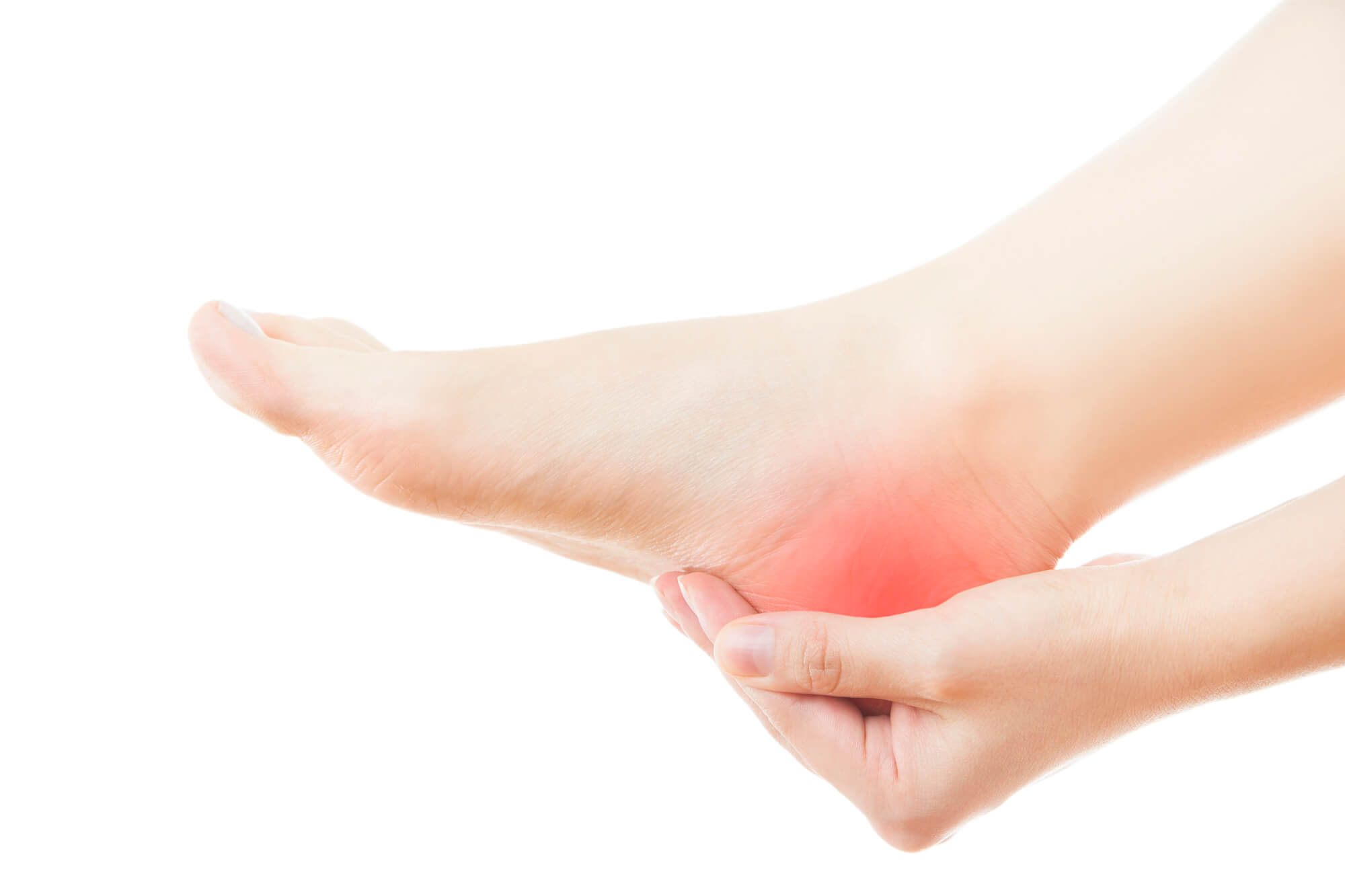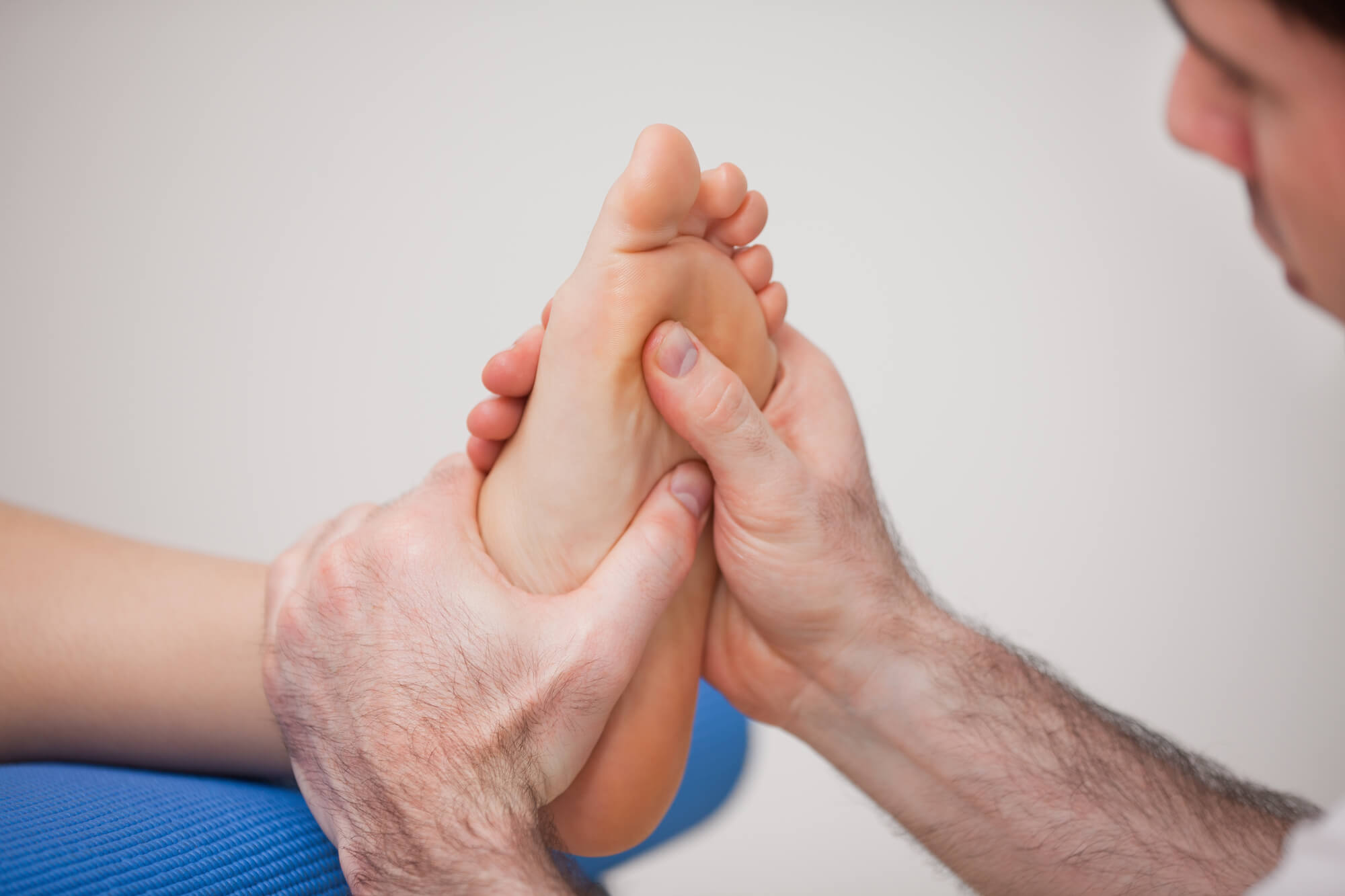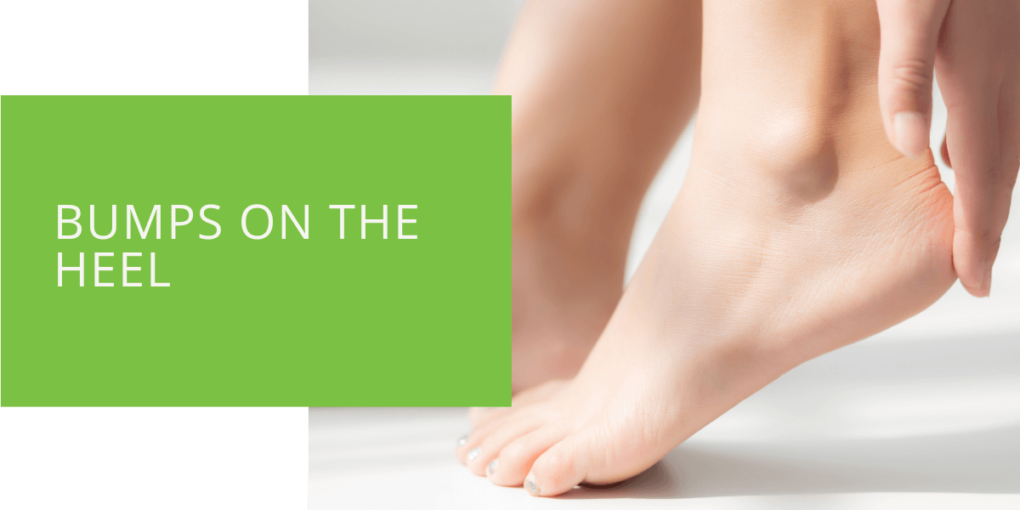Bumps on The Heel
Bumps on the heel, also known as heel spurs, can be painful and uncomfortable. They can make it difficult to walk or stand for long periods of time, and can even cause a limp in severe cases. While they are commonly seen in athletes or individuals who are on their feet a lot, anyone can develop a bump on their heel.
In this article, we will explore the causes, symptoms, and treatment options for bumps on the heel, as well as discuss a specific condition called Haglund's deformity. We will also discuss when it is necessary to see a podiatrist about a numb heel.
What Causes Bumps on The Heel?
There are several potential causes of bumps on the heel. One common cause is plantar fasciitis, which is an inflammation of the plantar fascia, a band of tissue that runs across the bottom of the foot. This condition is often caused by overuse or improper footwear, and can lead to the development of heel spurs.
Another cause of bumps on the heel is achilles tendonitis, which is an inflammation of the achilles tendon, a large tendon that runs down the back of the leg and inserts into the heel bone. This condition is often caused by overuse or tightness in the calf muscles, and can also lead to the development of heel spurs.
Haglund's deformity, also known as "pump bump," is another potential cause of bumps on the heel. This is a specific condition characterized by an enlarged bony protrusion on the back of the heel, which can cause pain and discomfort when walking or wearing certain types of shoes.

What Are the Symptoms of Bumps on The Heel?
The most common symptom of bumps on the heel is pain, which can range from mild to severe. The pain is often worse first thing in the morning or after periods of inactivity, and may improve with activity. In addition to pain, other symptoms of bumps on the heel may include swelling, redness, and tenderness in the affected area.
How Is a Bump on A Heal Treated?
The treatment for a bump on the heel will depend on the underlying cause of the condition. For plantar fasciitis or achilles tendonitis, treatment may include rest, ice, stretching exercises, and physical therapy. Orthotic inserts or special shoes may also be recommended to help alleviate pressure on the heel.
If the bump on the heel is caused by a structural abnormality in the foot, surgery may be necessary to correct the issue. This is typically only recommended in severe cases, and will depend on the specifics of the individual case.
What Is Haglund's Deformity?
Haglund's deformity, also known as "pump bump," is a specific condition that causes a bump on the back of the heel. It is characterized by an enlarged bony protrusion on the back of the heel, which can cause pain and discomfort when walking or wearing certain types of shoes.
Haglund's deformity is often caused by wearing shoes that are too tight or have a rigid back, which puts pressure on the heel and can lead to the development of the deformity. It is more commonly seen in women, as they are more likely to wear high-heeled or tight-fitting shoes.
Treatment for Haglund's deformity may include rest, ice, and physical therapy, as well as the use of orthotic inserts or special shoes to alleviate pressure on the heel. In severe cases, surgery may be necessary to correct the deformity.

When Should You See a Podiatrist About Bumps on Your Heal?
It is generally a good idea to see a podiatrist if you are experiencing persistent or severe heel pain that does not improve with rest or home remedies. A podiatrist can help to determine the underlying cause of the pain and recommend appropriate treatment options.
There are also certain red flag symptoms that may warrant a visit to the podiatrist. These include:
- Swelling that does not go down
- Difficulty walking or standing due to heel pain
- Severe pain that does not improve with rest or home remedies
- Redness or warmth in the affected area
- Numbness or tingling in the heel or foot
If you are experiencing any of these symptoms, it is important to see a doctor as soon as possible to rule out any serious underlying conditions and receive proper treatment.
It is also a good idea to see a doctor if you have underlying medical conditions that may make you more prone to developing heel spurs, such as obesity or arthritis. A podiatrist can help to manage these conditions and prevent the development of heel spurs.
If you are unsure whether your heel pain warrants a trip to the podiatrist, it is always a good idea to consult with a medical professional for guidance. Proper diagnosis and treatment can help to alleviate heel pain and prevent further complications.

Conclusion
Bumps on the heel, also known as heel spurs, can be painful and uncomfortable, and can make it difficult to walk or stand for long periods of time. There are several potential causes of bumps on the heel, including plantar fasciitis, achilles tendonitis, obesity, Haglund's deformity, and structural abnormalities in the foot.
Treatment options may include rest, ice, stretching exercises, and physical therapy, as well as the use of orthotic inserts or special shoes. In severe cases, surgery may be necessary. It is important to see a podiatrist if you are experiencing numbness in your heel or any other red flag symptoms. Proper diagnosis and treatment can help to alleviate heel pain and prevent further complications.

